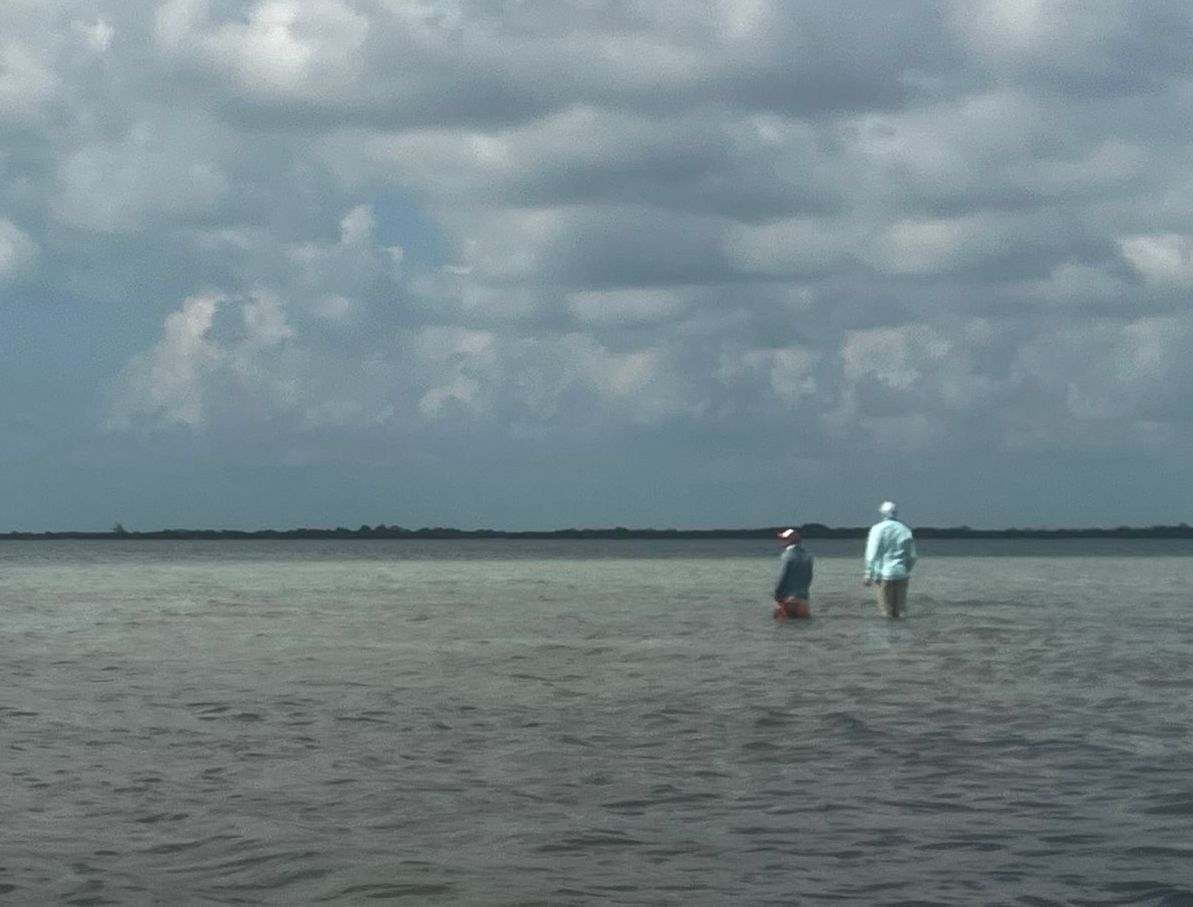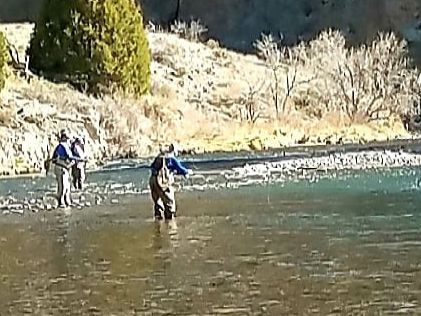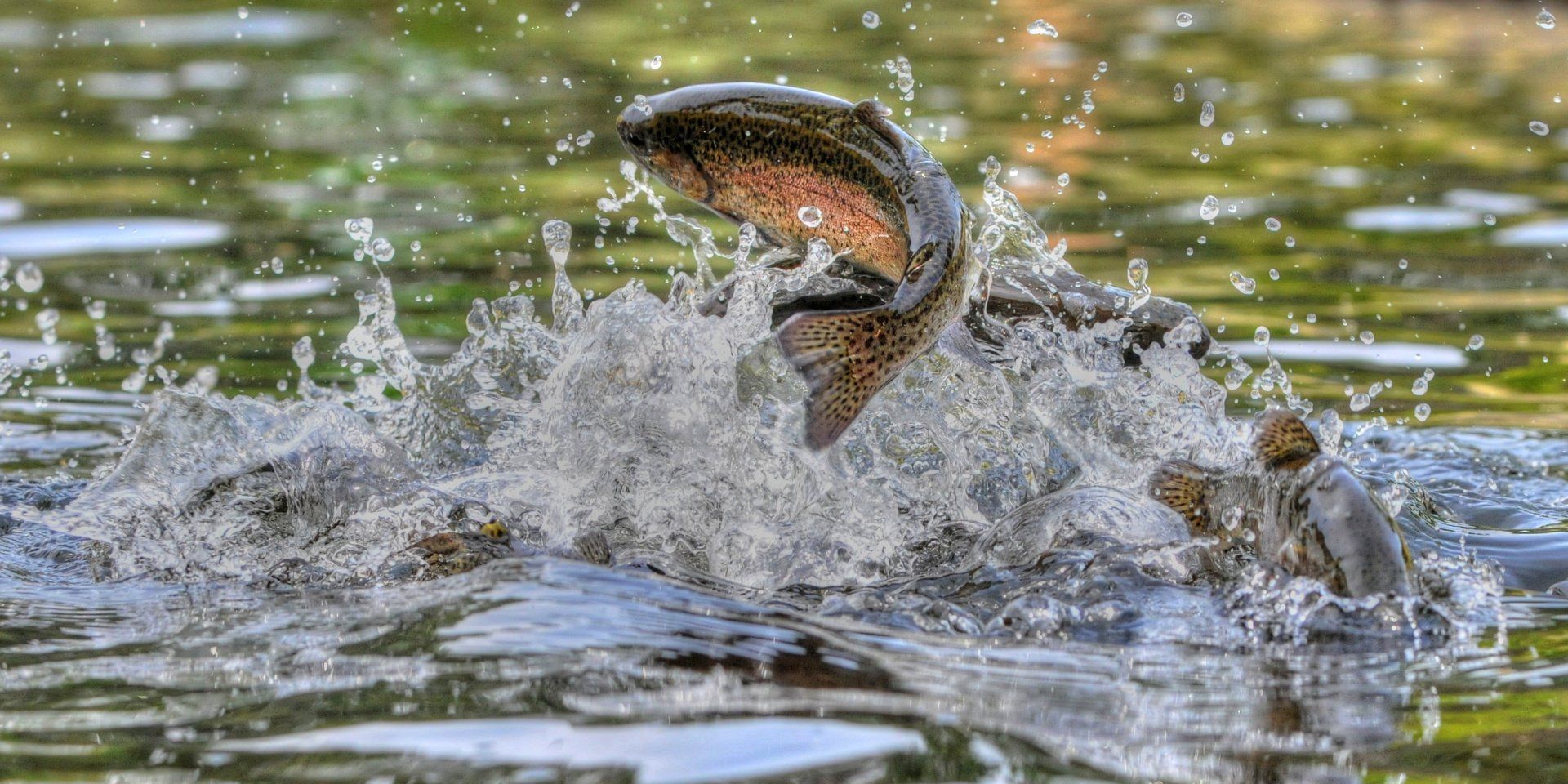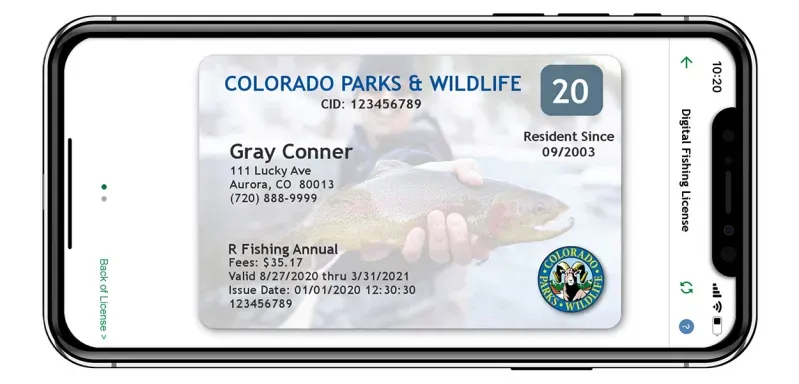
My Favorite Bugs
There is something about seeing a trout come to the surface to eat an adult insect. Having fly-fished in the Rocky Mountains for nearly 30 years, there are now a series of bug hatches that are highly anticipated and often pursued.
There is something about seeing a trout come to the surface to eat an adult insect. Whether it is a dainty sip of a mayfly or midge or a more significant attack of a caddis, stonefly or terrestrial, getting the visual of a trout eating and successfully feeding that trout your dry fly imitation is hard to beat. Having fly-fished in the Rocky Mountains for nearly 30 years, there are now a series of bug hatches burned into my brain that are highly anticipated and often pursued. Each year is different and my success in finding the various hatches of the seasons varies accordingly, but the chase never gets old. In seasonal order, here are the favs:
BWO
Blue-winged Olive mayflies begin hatching in March and April. They are the first significant non-midge hatch of the season. They exist on most rivers in Colorado. My favorite big rivers to target them are the Colorado and the Arkansas. These bugs tend to hatch in bigger numbers on cloudy, drizzly, snowy days. Fishing a BWO hatch in a snow storm and catching fish on dry flies will burn into your mind forever.
Caddis
Caddis come next with the “Mother’s Day” hatch on the Arkansas. Depending on conditions, this hatch can really get going as early as mid-April and last significantly all the way to run-off if weather and flows cooperate. Water temps in the mid-50’s are the trigger, with sunny days often providing the radiant boost needed to get the hatch kicked off. This hatch has been a little less predictable over the last decade or so, but if you catch it right, it’ll make you prone to saying things like, “there’s no such thing as a bad cast!” Various species of caddis continue to hatch during the summer and remain one of the staple insects to imitate during the warmer months of the year.
Salmonflies
Late May to mid June is the time to hunt the biggest bugs of the year, salmonflies. This hatch is fleeting, often only lasting a couple of weeks. At two inches or more in length, these bugs have enough heft that when they clumsily fly into you, you feel the impact. Admittedly, these bugs crawling on you can be a bit unsettling. They’re big and look much more menacing than they are. These big guys are found on several of the bigger freestone rivers across Colorado. The Gunnison and Colorado have maybe the most consistent populations on a year-to-year basis. BIG dry flies. Slashing strikes. What’s not to like?
Green Drake
As we approach late June to early July, it is time to start keeping an eye out for Green Drakes, Colorado’s largest mayfly species. Another short-lived hatch, these olive mayflies come off for only a few short weeks. Other bugs will likely also be hatching at the same time, but it doesn’t take many of these mayflies to get the fish’s attention. If you see a couple flying, it is time to put on a drake dry. The Colorado and the Roaring Fork River are two great rivers to target during this time frame, but these bugs hatch across several Rocky Mtn streams and rivers. One of my most memorable days fishing a green drake hatch was on a small creek in western Wyoming. I was the only person in there and was catching fish after fish on #12 drake dries. Is it weird to find yourself laughing out loud when no one is within miles of where you are fishing? Nope.
PMD
Pale Morning Dun mayflies hatch beginning in early July on several rivers across the state. Once again, they will often be hatching at the same time with other (often bigger) insect species. If trout are ignoring your caddis, yellow sally or other mayfly imitations, try a PMD. A #18 PMD has more than once turned a frustrating day of refusals into a pretty great day of dry fly fishing. I carry both parachute and comparadun versions and will switch from one to another based on the reactions of the fish.
Red Quill
Later in July and into August bring out Red Quill mayflies. These bugs are often seen in bunches hovering over the water. This is a fun hatch to fish because they are a bit bigger mayfly species. A #14 quill body parachute or comparadun in a rusty red color often gets the type of attention you are trying to elicit.
No disrespect intended for the others
There are many other insect species that will bring trout to the surface to feed and this article is not intended to throw shade on golden stoneflies, black stoneflies, tricos, hoppers, beetles, ants, cicadas, midges, etc. There are also attractor dry fly patterns that don’t look like anything in nature that will bring trout to the surface. With all of this said, never forget that 80-90% of a trout’s diet is subsurface. You are going to consistently catch more (and often bigger) fish keeping that in mind but when the opportunity to fish dry flies presents itself…




